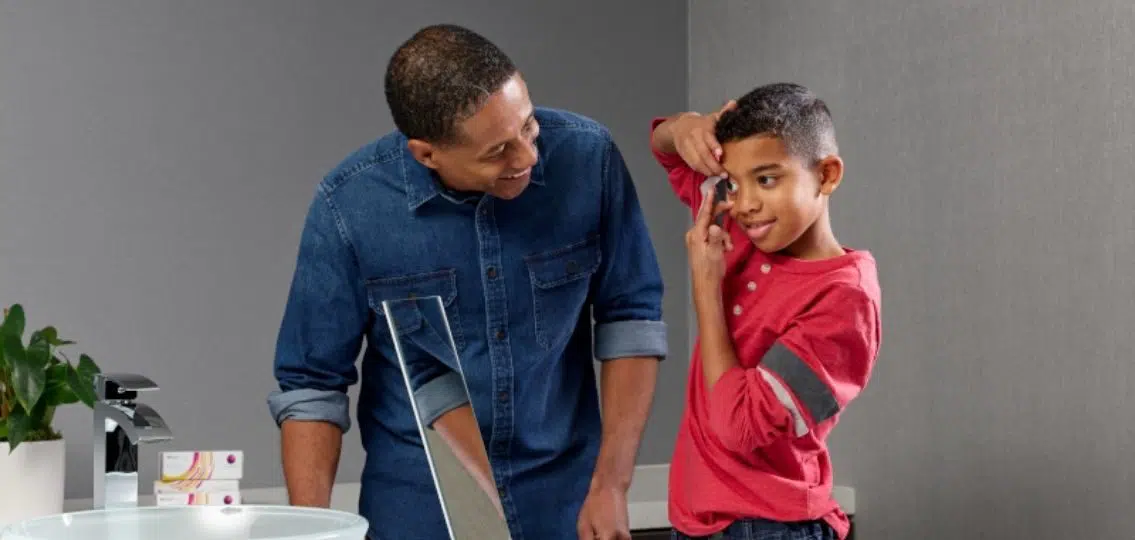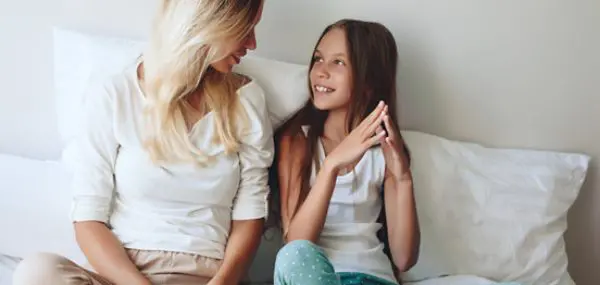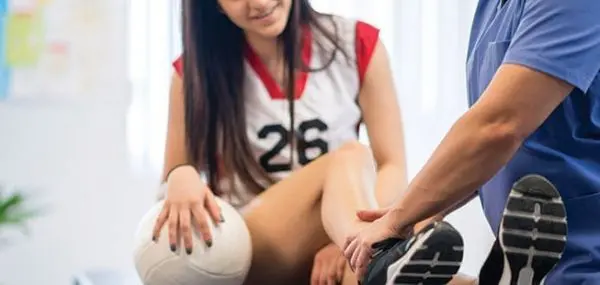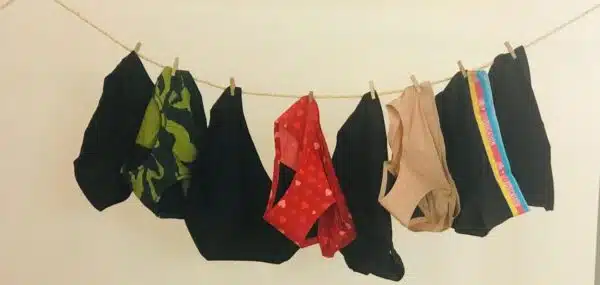My daughter just got fitted for her first contact lenses, and it’s been a breeze for her. For one thing, she loved being able to see clearly without glasses while she was playing outside this summer. And, as she’s back in school, it’s so nice that she doesn’t have to deal with glasses fogging up while she wears her mask.
What I wish, though, is that I’d known that there might be benefits to her starting contacts years ago. I recently talked with Dr. Justin Kwan, an optometrist at CooperVision, and learned that there can be significant benefits to starting contacts as young as 8 years old.
Why Start Contacts Earlier?
The biggest benefit of all is that there are now contact lenses that can slow the progression of myopia in age-appropriate children: they’re called MiSight® 1 day, and they are the first and only FDA-approved* product proven to slow the progression of myopia in children, aged 8-12 at the initiation of treatment.†1 (MiSight® 1 day slowed myopia progression on average by 59% over a three year period in age-appropriate children.1)
| [adrotate group=”36″] |
I had no idea until now that there are contact lenses that could slow down the worsening of my kids’ myopia—especially while they’re at the age when their eyes are growing rather quickly. “With myopia management,” Dr. Kwan told me, “the earlier we can intervene, the better.”
Why Does Myopia Management Matter?
I had to ask Dr. Kwan, though—does it really matter if my kid needs a stronger prescription later? Why try to keep myopia from getting worse? “It really does matter,” he says. “Worsening myopia is not just a vision inconvenience, it increases the risk of serious eye health complications and sight-threatening conditions later in life.3,4 Not only that, lower prescriptions can make kids better candidates for LASIK vision correction surgery when they’re older,” says Dr. Kwan.
Can Younger Kids Really Manage Contacts?
I’ll be honest: one of the reasons I held off on looking into contacts for my daughter was I thought she wouldn’t be able to handle them. Literally. Would she be able to put them in? Keep them clean? Dr. Kwan says typically, yes. In fact, 90% of parents whose children wore MiSight® 1 day soft contact lenses reported that their children were happy wearing the lenses and successful in handling them.5,6
With daily disposables, there’s no cleaning and storage of lenses, and bacteria is less of a concern since kids start fresh each morning with a new pair. It’s also fine for parents to help their kids out initially with putting the contacts in, says Dr. Kwan—as long as kids learn how to take them out if needed and carry a backup pair of glasses at school.
Keeping Kids in the Game
Besides protecting my kids’ vision and long-term eye health—my number-one concerns for sure—contacts are also super helpful for keeping kids active, since we don’t have to worry about breakage or getting fitted for sports goggles (if kids will even wear those).7 Plus, no more lost glasses.
Now that I know more about contacts for younger kids, I’ve made an appointment for my 11-year-old to see if she’s a candidate for contact lenses.
I’m still bugging her to actually wear her glasses—something I wouldn’t have to do if she put in contacts and left them in for the day. I don’t know yet if she’ll be a fit for MiSight®, but if she can get all the benefits of contacts AND slow the progression of her myopia, that would be a true win-win.
Interested in learning more? To find an eye care provider who prescribes MiSight® 1 day contact lenses near you, click here.
Indications and Important Safety Information:
RX Only
Results May Vary.
ATTENTION: Reference the Patient Information Booklet for a complete listing of Indications and Important Safety Information. *Indications: MiSight® 1 day (omafilcon A) soft (hydrophilic) contact lenses for daily wear are indicated for the correction of myopic ametropia and for slowing the progression of myopia in children with non-diseased eyes, who at the initiation of treatment are 8-12 years of age and have a refraction of -0.75 to – 4.00 diopters(spherical equivalent) with ≤ 0.75 diopters of astigmatism. The lens is to be discarded after each removal. Warnings: Problems with contact lenses could result in serious injury to the eye. Do not expose contact lenses to water while wearing them. Under certain circumstances MiSight® lenses optical design can cause reduced image contrast/ghosting/halo/glare in some patients that may cause difficulties with certain visually-demanding tasks. Precautions: Daily wear single use only. Patient should always dispose when lenses are removed. No overnight wear. Patients should exercise extra care if performing potentially hazardous activities. Adverse events: Including but not limited to infection/inflammation/ulceration/abrasion of the cornea, other parts of the eye or eyelids. Some of these adverse reactions can cause permanent or temporary loss of vision. If you notice any of the stated in your child, immediately have your child remove the lenses and contact your eye care professional.
1 Chamberlain P, et al. A 3-year randomized clinical trial of MiSight® lenses for myopia control. Optom Vis Sci. 2019;96(8):556–567.
2 Compared to a single vision 1 day lens over a 3 year period. No clinically meaningful change in refractive error – 0.25D or less from baseline.
3 Xu L, Wang Y, Wang S, Wang Y Jonas JB. ‘High Myopia and Glaucoma Susceptibility: The Beijing Eye Study. Ophthalmology, 2007;114(2):216-20.
4 Flitcroft DI. The complex interactions of retinal, optical, and environmental factors in myopia aetiology Prog Retin Eye Res. 2012;31(6):622-660.
5 CVI data on file 2018. 3- year study report. Overall experience as defined as children’s comfort, vision, lens handling, and freedom from spectacles. Children aged 8-15 years.
6 Chamberlain, P et al. A 3-year Randomized Clinical Trial of MiSight Lenses for Myopia Control. Optom and Visi Sci. 2019; 96(8): 556-567. MiSight 1 day contact lenses are easy for children to use.
7 Walline JJ, et al. Benefits of contact lens wear for children and teens. Eye Contact Lens. 2007;33(6 Pt 1):317-21.




